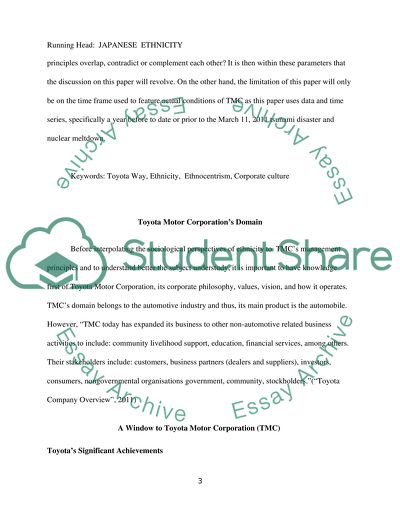Cite this document
(“Theories of Nationalism and Ethnicity Essay Example | Topics and Well Written Essays - 3750 words”, n.d.)
Retrieved from https://studentshare.org/environmental-studies/1414346-theories-of-nationalism-and-ethnicity
Retrieved from https://studentshare.org/environmental-studies/1414346-theories-of-nationalism-and-ethnicity
(Theories of Nationalism and Ethnicity Essay Example | Topics and Well Written Essays - 3750 Words)
https://studentshare.org/environmental-studies/1414346-theories-of-nationalism-and-ethnicity.
https://studentshare.org/environmental-studies/1414346-theories-of-nationalism-and-ethnicity.
“Theories of Nationalism and Ethnicity Essay Example | Topics and Well Written Essays - 3750 Words”, n.d. https://studentshare.org/environmental-studies/1414346-theories-of-nationalism-and-ethnicity.


